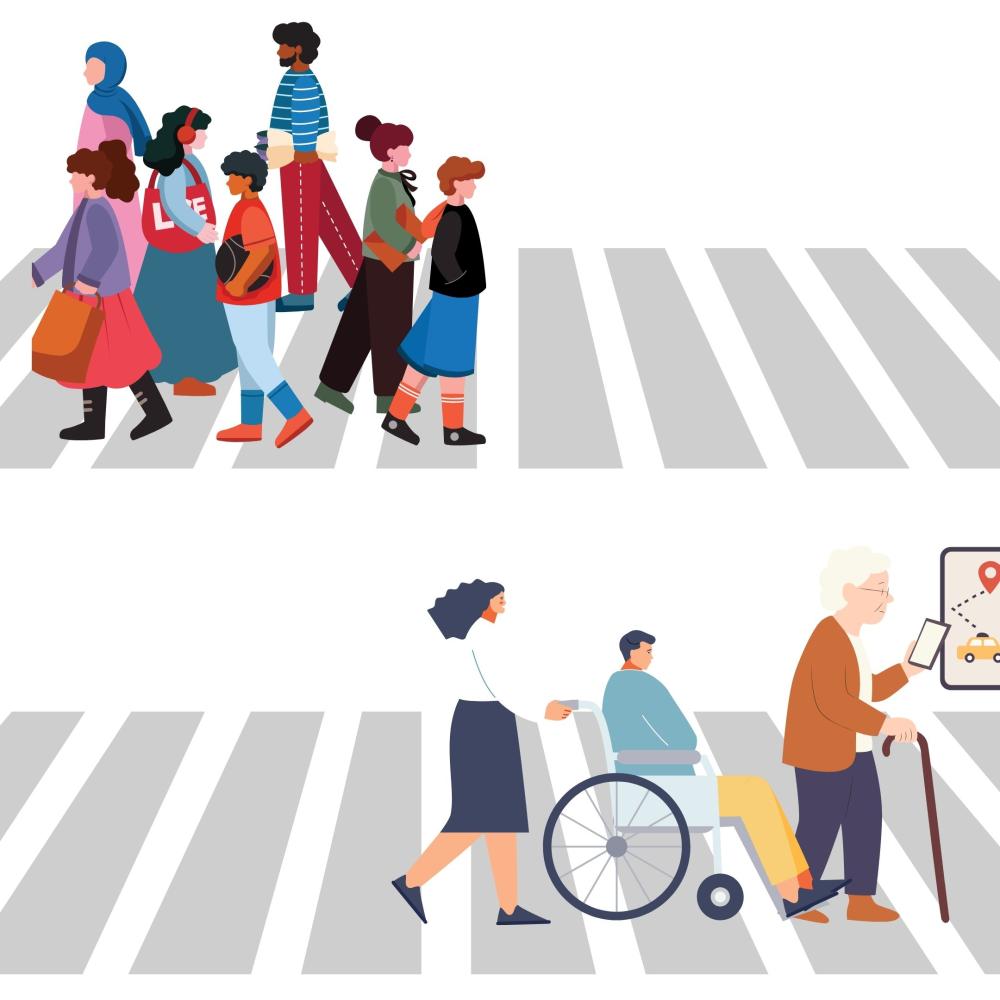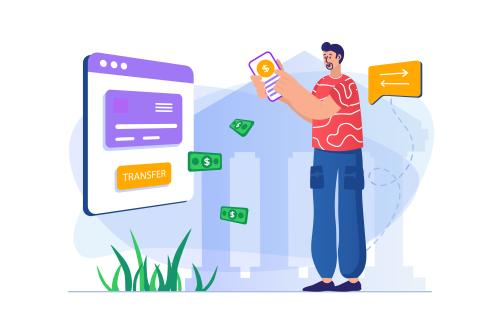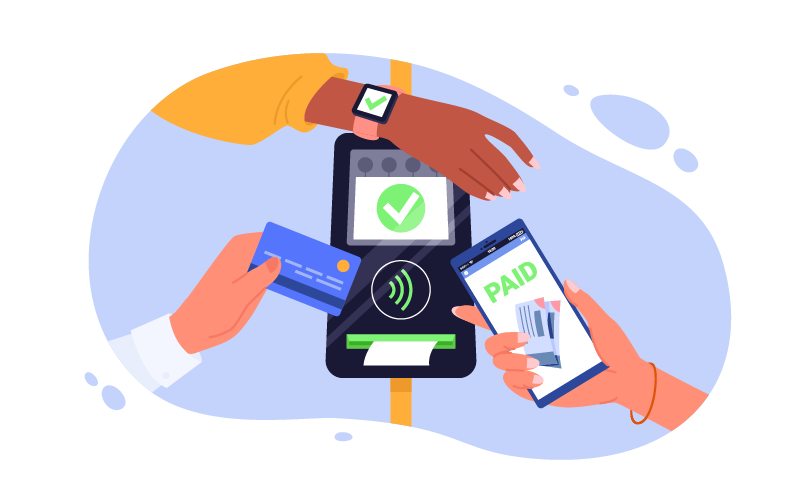UBM Toolkit
This section is intended as a resource for agencies and organizations looking to implement UBM programs. It provides considerations around strategies and preliminary best practices for designing, administering, and evaluating UBMs based on studies and reviews of existing programs.
Program Design
Begin with a Pilot
Each program will offer new lessons learned based on goals, geography, target population, and administration. Starting with a small and short-term pilot allows administrators to test the UBM concept in an area and refine the program before scaling it up to a larger or longer-term service. Scaling the pilot program will also allow evaluation teams to test the effectiveness of different approaches among different neighborhoods or user groups.
Select Participants Based on Community Priorities
Program administrators should clearly outline the objectives of the program and consider what eligibility requirements and selection process would best align with these goals. UBM goals vary from program to program, with some placing greater emphasis on transit use, others focusing on general transportation equity, and others seeking to use UBM to support new mobility services, but UBMs generally target more vulnerable segments of the population who are likely to benefit from transportation subsidies.
Specific participant selection considerations for these programs include:
Vulnerable populations: People experiencing homelessness and those currently seeking social services for health, employment, and basic goods and services may benefit most from increased affordability and access to transit and other transportation options.
Screening beyond income: While income screenings can be useful in reaching populations that may benefit most from UBMs, income may not accurately reflect individual or household needs in some cases (such as students who have no employment income but have housing or transportation benefits through school or from family). Transit agencies have used tools such as the Elder Index to accurately estimate applicants’ financial vulnerability, and benefits programs like CalFresh incorporate factors such as age, dependent status, and childcare costs into the screening process.

Program Administration
UBM administrators face many decisions in planning, launching, and scaling a UBM program, and lessons learned from past UBMs may serve as important considerations for navigating the design options, budgets, and administrative resource requirements:
Marketing
Branding should be consistent and recognizable, such as with a clear program name and logo on UBM websites and cards, and potentially working with merchants to include this logo in certain marketing materials.

Outreach and recruitment should involve community-based organizations (CBOs) connected to the target population segments and who can promote the program, support enrollment, and provide supplemental resources to participants such as directing them to other existing transit discounts or benefits services that complement the UBM. The activation of cards has been a significant problem for UBMs that do not distribute in person, which is feasible for small but not large pilots. Nonactivation rates in larger pilots can range from 30% to 50%. Pilots have identified some reasons for nonactivation, including recipients confusing mailed UBM cards with junk mail, address changes, mail theft, a realization that cards do not cover personal vehicle costs when users solely depend on that mode, and not understanding how to activate the card. Some of these problems might be addressed by involving CBOs in the distribution of cards. Administrators should also communicate a card activation deadline to participants, keep a waiting list, and include the cost of reissuing cards in the pilot budget.
Clear and active communication with participants is essential in ensuring that they understand how to use the UBM, are aware of any program changes or delays, and have access to answers when they have questions or issues with the program. Available resources for participants should include, but are not limited to:
Dedicated program website or web page
Clear list of services included, that is updated as needed
Newsletters or direct updates about program timelines or changes
Dedicated customer service phone number or email address, if budgets permit
Higher concentration of customer service resources during periods of changes in the service, or if a major issue is identified (such as cards being declined for certain modes or merchants)
Costs
Administrative costs can be high for initial UBM pilots due to the pilot design process, troubleshooting card functionality, and participant engagement. Administrators should budget for substantial customer service time to answer participant questions and address issues with merchants and transactions. Administrative costs can potentially be reduced for scaled UBM pilots following initial pilot periods, but smaller agencies seeking to implement UBMs may face prohibitive cost barriers that will need to be addressed through grant funding allocated to administrative activities, or support from community engagement organizations.
Mobility wallet format
There are several options for storing and issuing UBM funds, each with potential advantages and drawbacks:

Vendors: If selecting a vendor to provide prepaid debit cards, it is important to ensure that the vendor can issue cards, load funds, and make necessary changes in a timely manner. Additionally, administrators should establish data-sharing agreements between researchers, administrators, and the vendor prior to the program launch.
Payment media and backend structure: UBMs that use prepaid debit cards offer flexibility in the types of merchants supported, but involve a separate form of fare media than customers currently have in hand. UBMs that use funds stored on integrated transit cards allow participants to use the cards they already have to make mobility wallet purchases, but require additional backend work on the part of transit agencies to enable this functionality.
Integration: There may be opportunities to further integrate UBMs with other benefits media such as EBT, but there are currently technological and cost barriers to creating a fully integrated benefits card that combines transportation and non-transportation benefits. Administrators should continue to monitor the status of these technologies to identify opportunities for integration and program streamlining.
Agreements
Data-sharing agreements, purchase agreements, and other arrangements between organizations can be a time-consuming process, and UBM administrators should allow ample time in the planning process to establish these agreements and avoid disruptive delays in the UBM implementation and evaluation process.
Timeline
UBMs have been offered over varying pilot periods such as six months, one year, or 18 months. The decision of program duration can depend on the available budget, program goals, and sponsor requirements. It can take time for participants to begin to change their travel behavior after gaining access to mobility wallet funds, so very short pilots should be avoided unless this is justified by the available budget or research goal.




